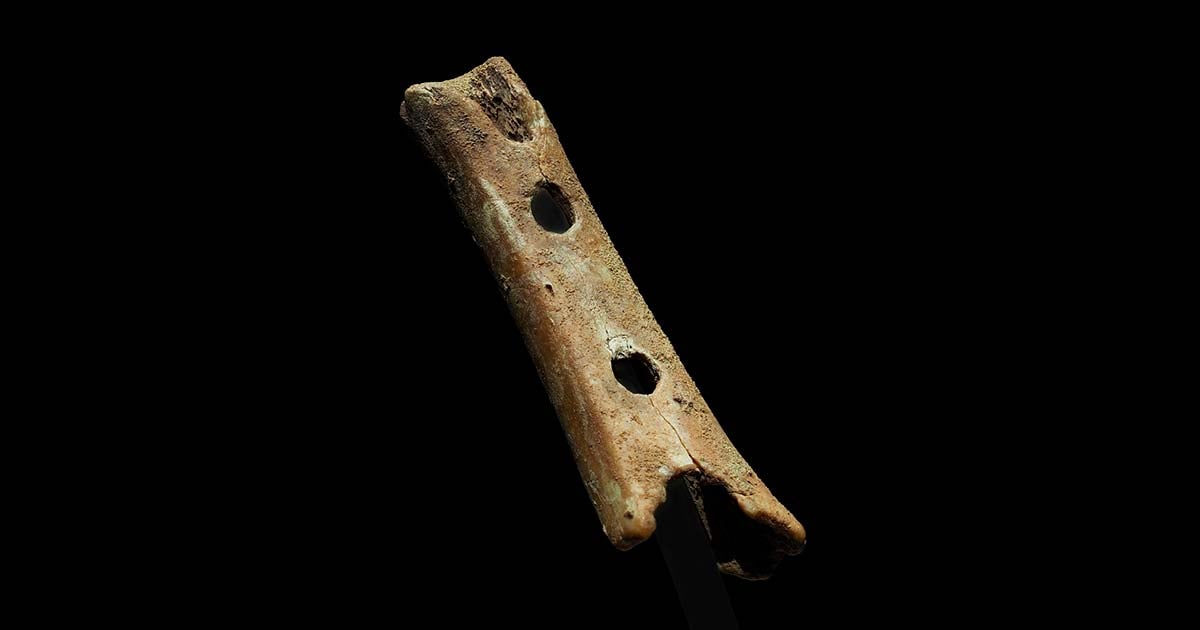Ancient Harmonies: Neanderthal's 60,000-Year-Old Flute (Video)
In 1995, archaeologist Ivan Turk made a groundbreaking discovery in the Divje Babe cave located in Slovenia. Among the remnants of a Neanderthal fire pit, as well as stone and bone tools, Turk uncovered a remarkable artefact—a unique perforated bone. Further investigation and extensive experimental research revealed that the holes in the bone were intentionally crafted by hand. The bone itself was identified as a Neanderthal flute, estimated to be between 50,000 to 60,000 years old. This astonishing find has significant implications, as it represents the world's oldest musical instrument.
The existence of a flute in the Neanderthal era challenges previous assumptions about the cognitive abilities and cultural sophistication of our ancient human relatives. It suggests that the Neanderthals possessed not only the capacity for artistic expression but also a complex understanding of music and sound. The discovery of this ancient flute at Divje Babe cave opens up new avenues for exploring the history of human creativity and the evolution of music. It underscores the importance of continually reevaluating our assumptions and recognizing the remarkable achievements of our Neanderthal cousins, providing valuable insights into our shared human ancestry.
Top image: Divje Babe flute (Peter Milosevic / CC by SA 4.0)

















